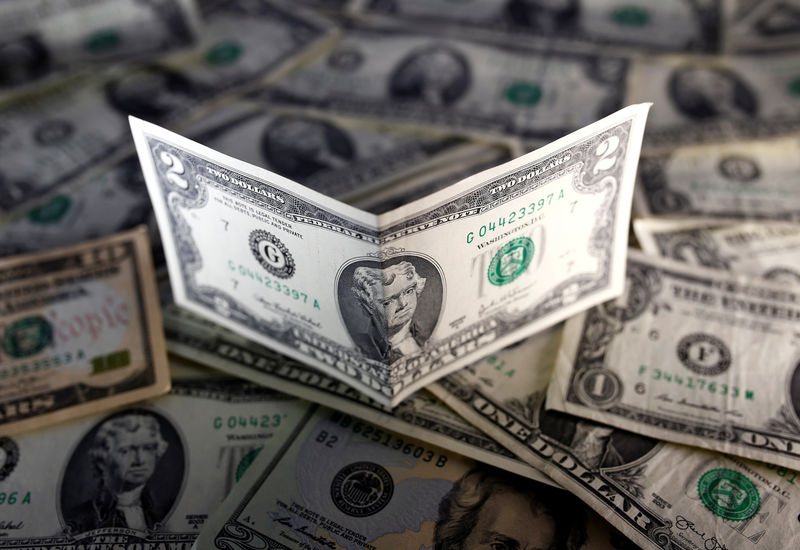By Barani Krishnan
Investing.com -- Crude prices rose Tuesday from the previous session’s battering as the dollar hit a three-month low, spurring demand from holders of the euro and other currencies for commodities priced in the greenback.
Earlier, tensions over China’s Covid-19 outbreak drove New York-traded West Texas Intermediate crude and London’s Brent to three-week lows, and kept a lid on oil’s rebound even as the Dollar Index tumbled. The index, which pits the greenback against the euro, yen, pound, Canadian dollar, Swedish krona and Swiss franc, hit an intraday bottom of 105.203 — its lowest since Aug. 15.
The dollar tumbled as pressure mounted on the Federal Reserve to execute a modest rate hike in December, following benign inflation data released for October. U.S. producer prices showed the slowest growth in 14 months in a reading seen Tuesday. That came after data showing consumer prices advanced at their slowest in nine months in October.
Despite the weaker dollar and advantageous rate hike scenario, China’s Covid situation drew more attention from oil traders worried about oil demand in the world’s largest crude importing nation.
Residents under Covid lockdown in China’s southern manufacturing hub of Guangzhou have torn down barriers meant to confine them to their homes, taking to the streets in defiance of strictly enforced local orders, according to video and images circulating on social media, CNN reported.
The scenes in Guangzhou, which reported over 5,100 new Covid cases on Tuesday – the vast majority asymptomatic – come as Beijing’s unrelenting drive to stamp out the spread of the virus faces questions of sustainability, amid fast-spreading new variants. China is experiencing a surge in infections nationwide, this time fueled by simultaneous outbreaks across multiple cities, where control measures are stretching residents and local authorities to the brink.
Oil prices also climbed on expectations that preliminary inventory data for the week ended November 11 could show a stockpile drop in U.S. crude versus the previous week’s build.
“Prices remain choppy and that's likely to remain the case given the ongoing uncertainty around these key areas,” Craig Erlam, analyst at online trading platform OANDA, said. “Enormous downside risks remain around the global economy next year even if the Fed does pause its tightening a little sooner and perhaps that reality is kicking in again.”
WTI for delivery in December settled up $1.05, or 1.2%, at $86.92 per barrel. The U.S. crude benchmark tumbled almost 4% on Monday, extending last week’s drop of 6.6%.
Brent for January delivery was up 54 cents, or 0.6%, at $93.68 by 14:40 ET (19:40 GMT). The global crude benchmark fell more than 3% on Monday, extending last week’s 3.5% drop.
Market participants were also on the lookout for U.S. weekly oil inventory data, due after market settlement from API, or the American Petroleum Institute.
The API will release at approximately 16:30 ET (21:30 GMT) a snapshot of closing balances on U.S. crude, gasoline and distillates for the week ended Nov. 11. The numbers serve as a precursor to official inventory data on the same due from the U.S. Energy Information Administration on Wednesday.
For last week, analysts tracked by Investing.com expect the EIA to report a crude stockpile drop of 440,000 barrels, versus the 3.93-million barrel rise reported during the week to Nov. 4.
